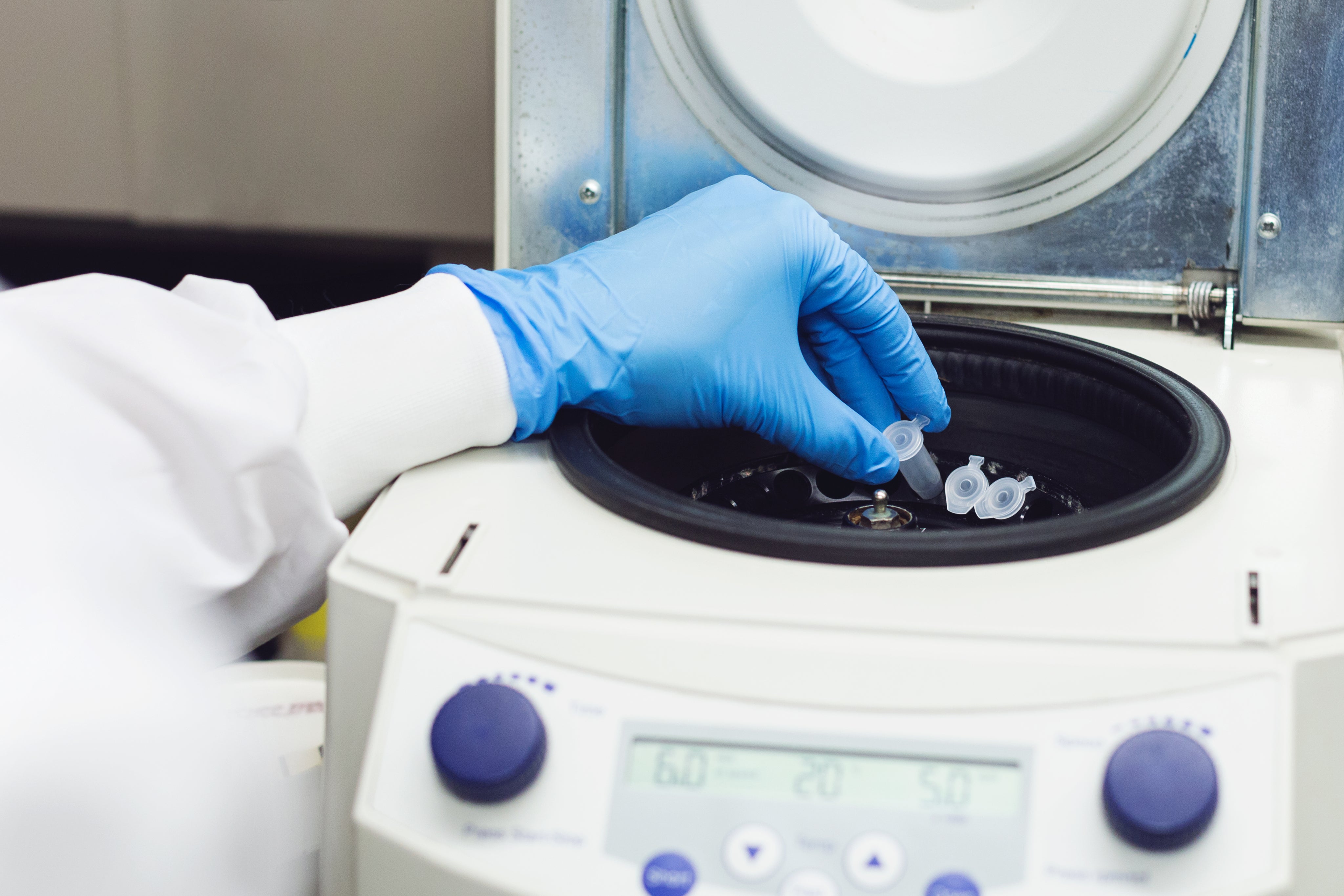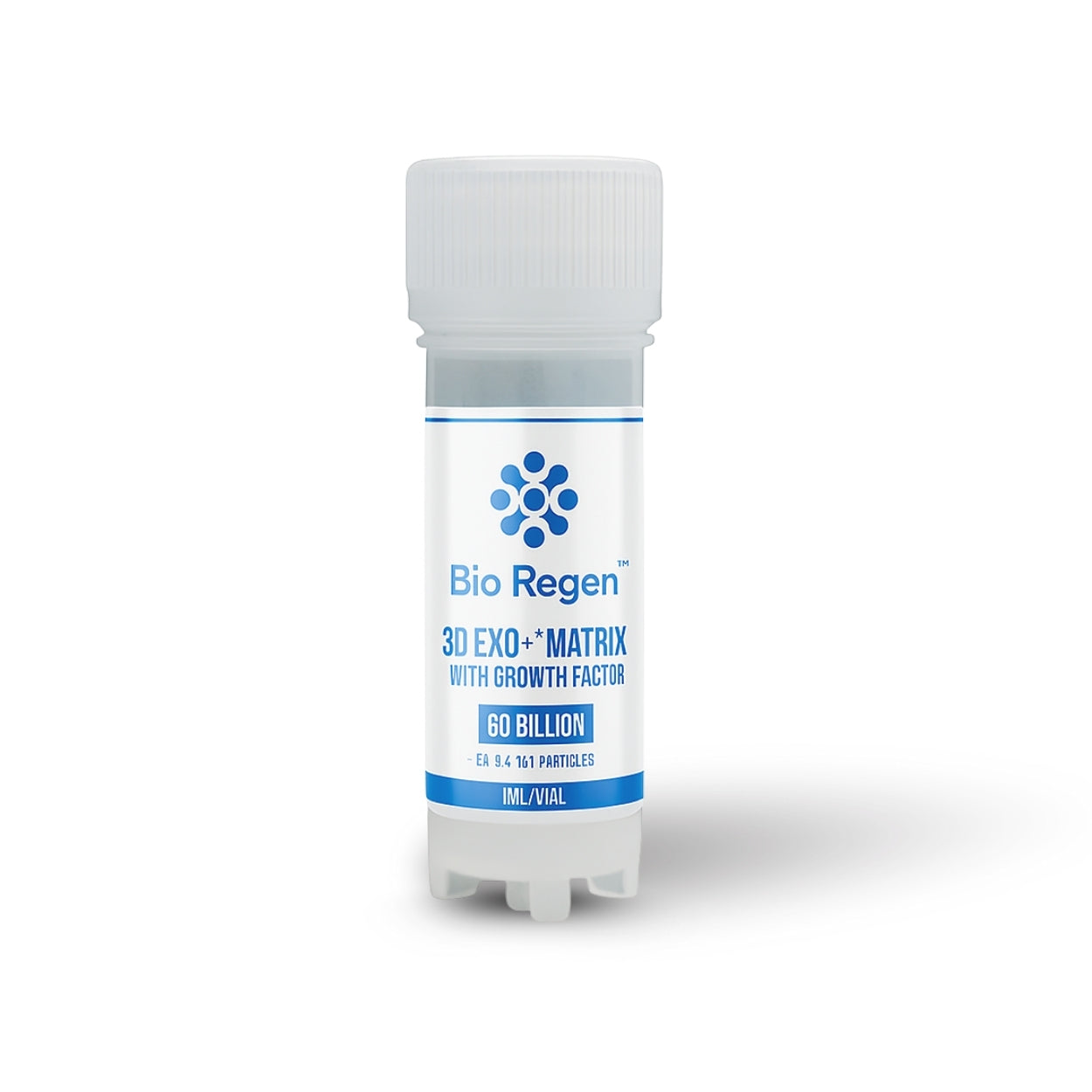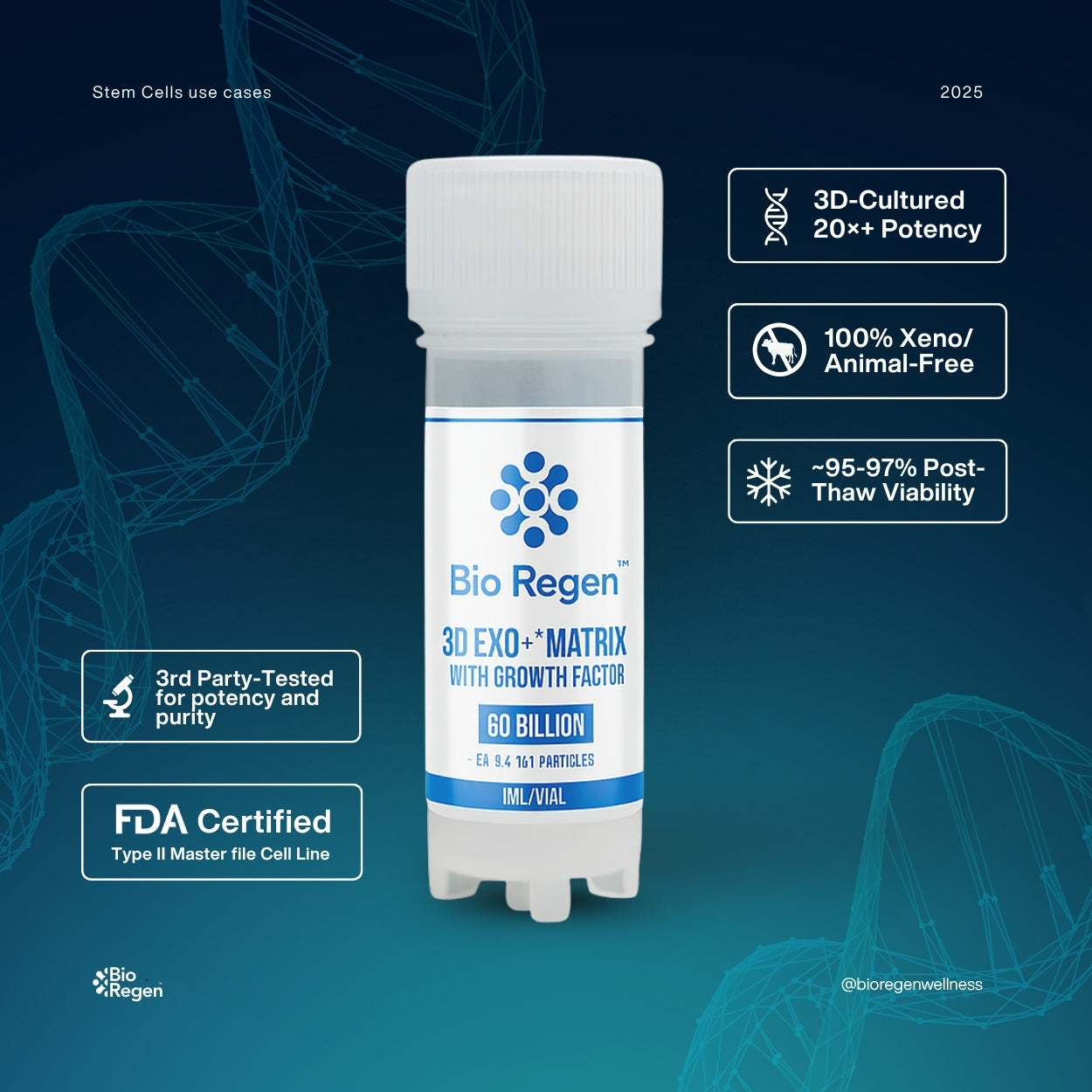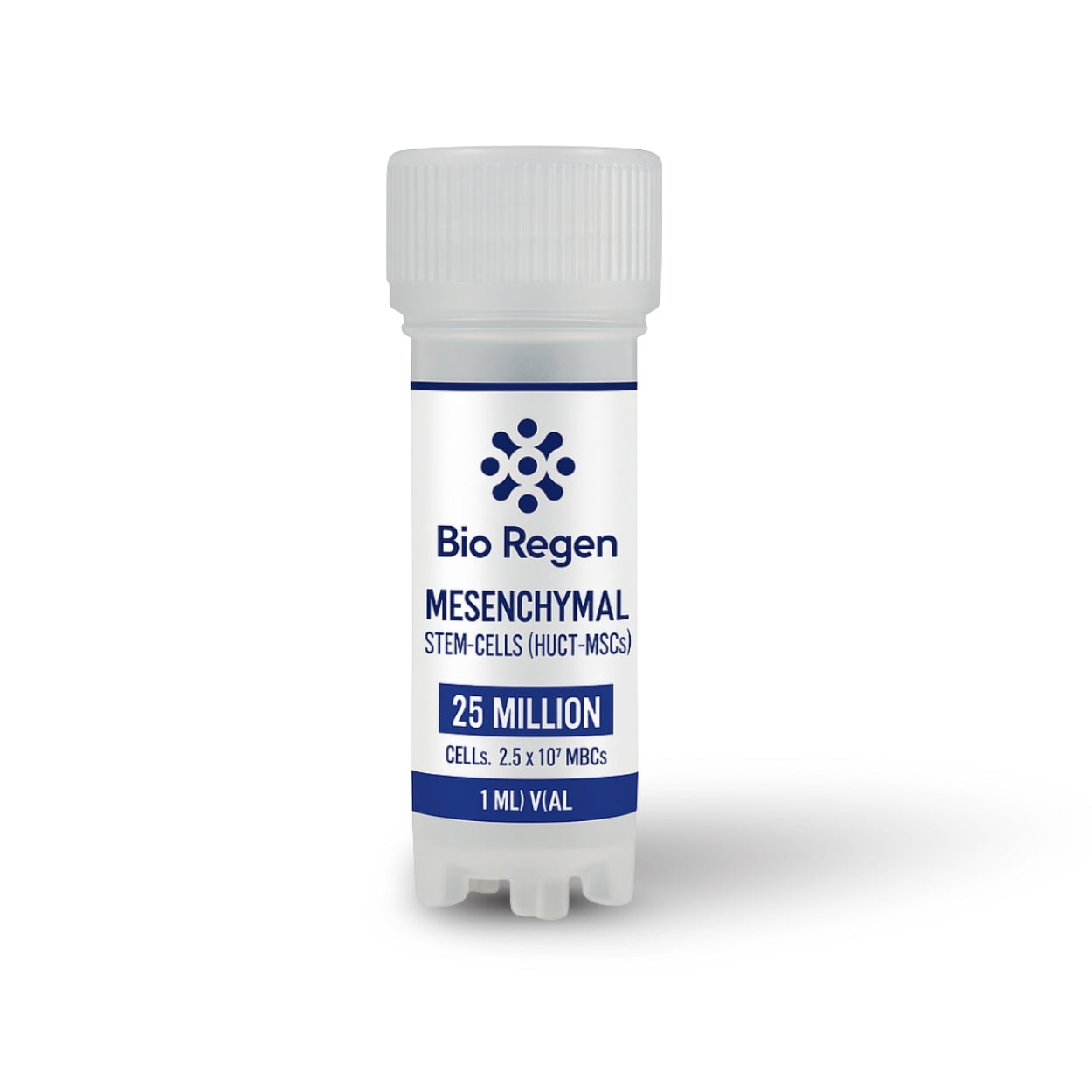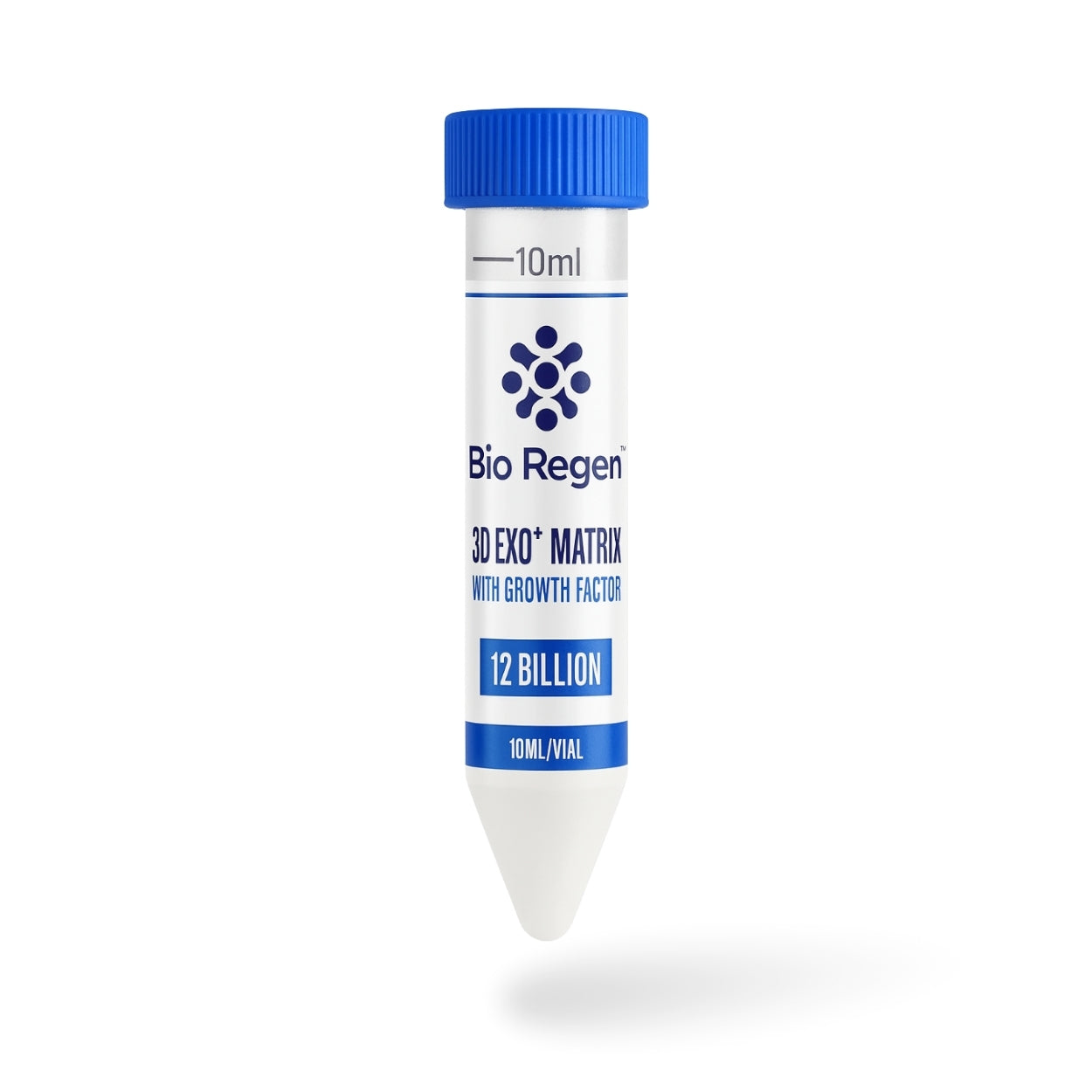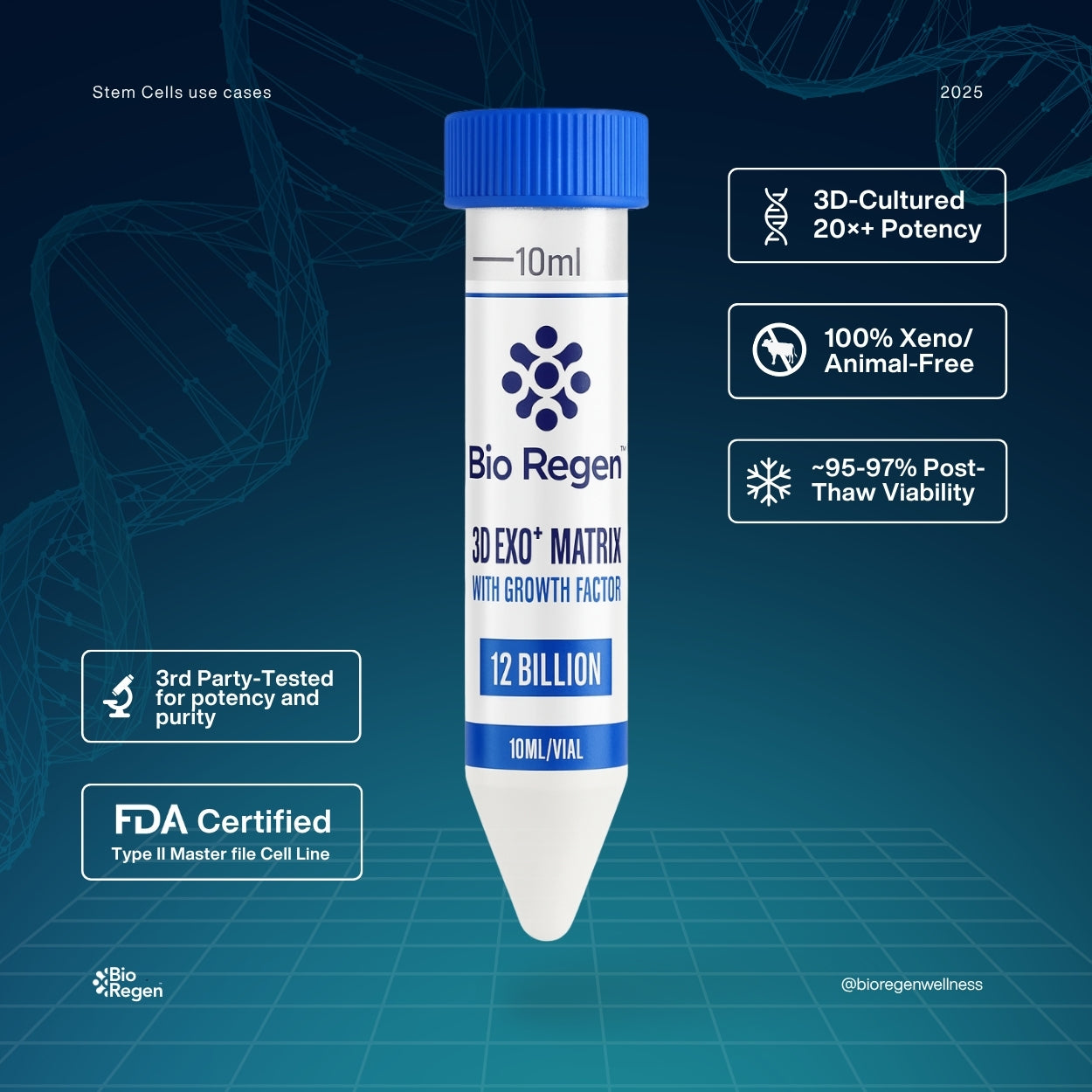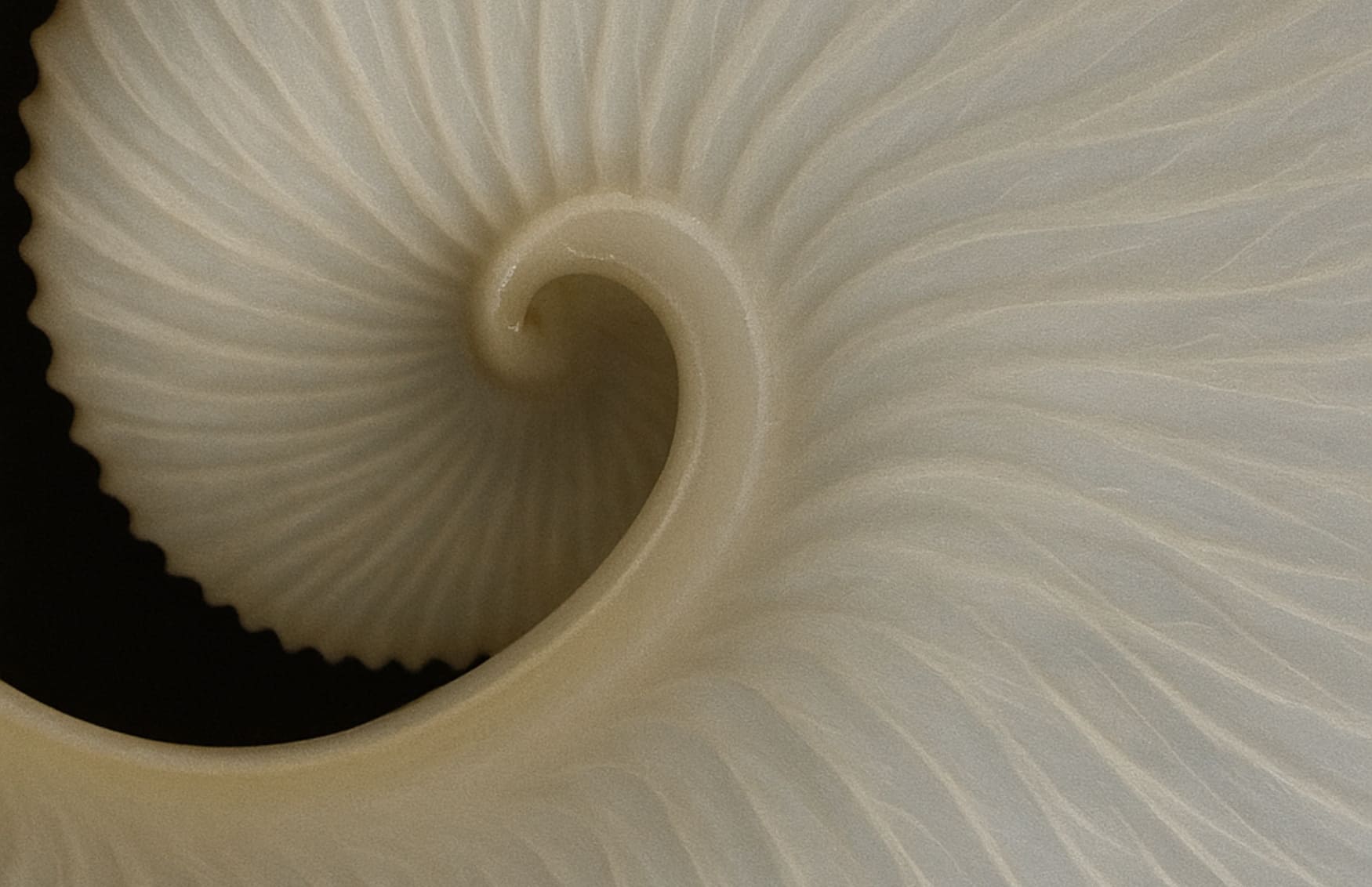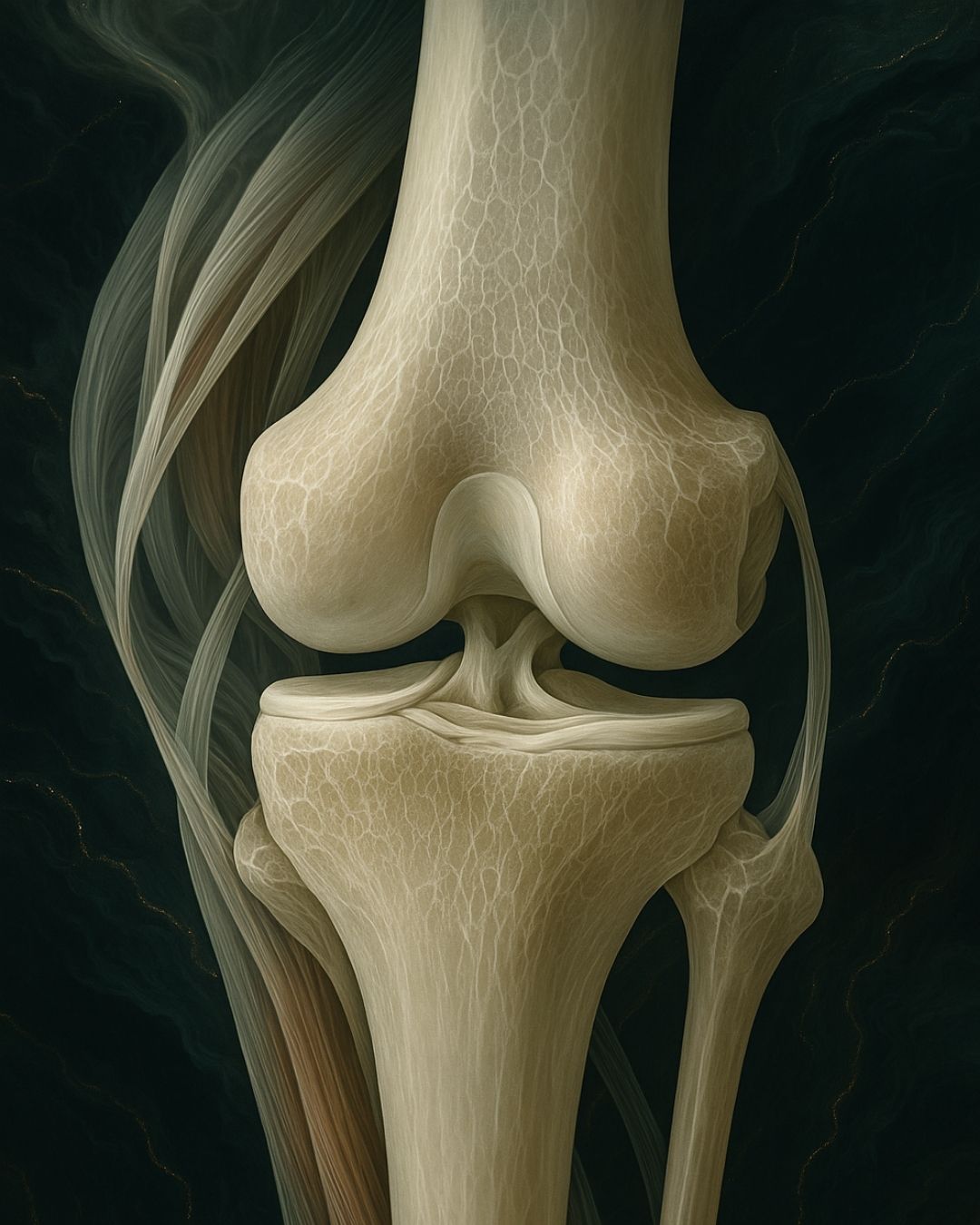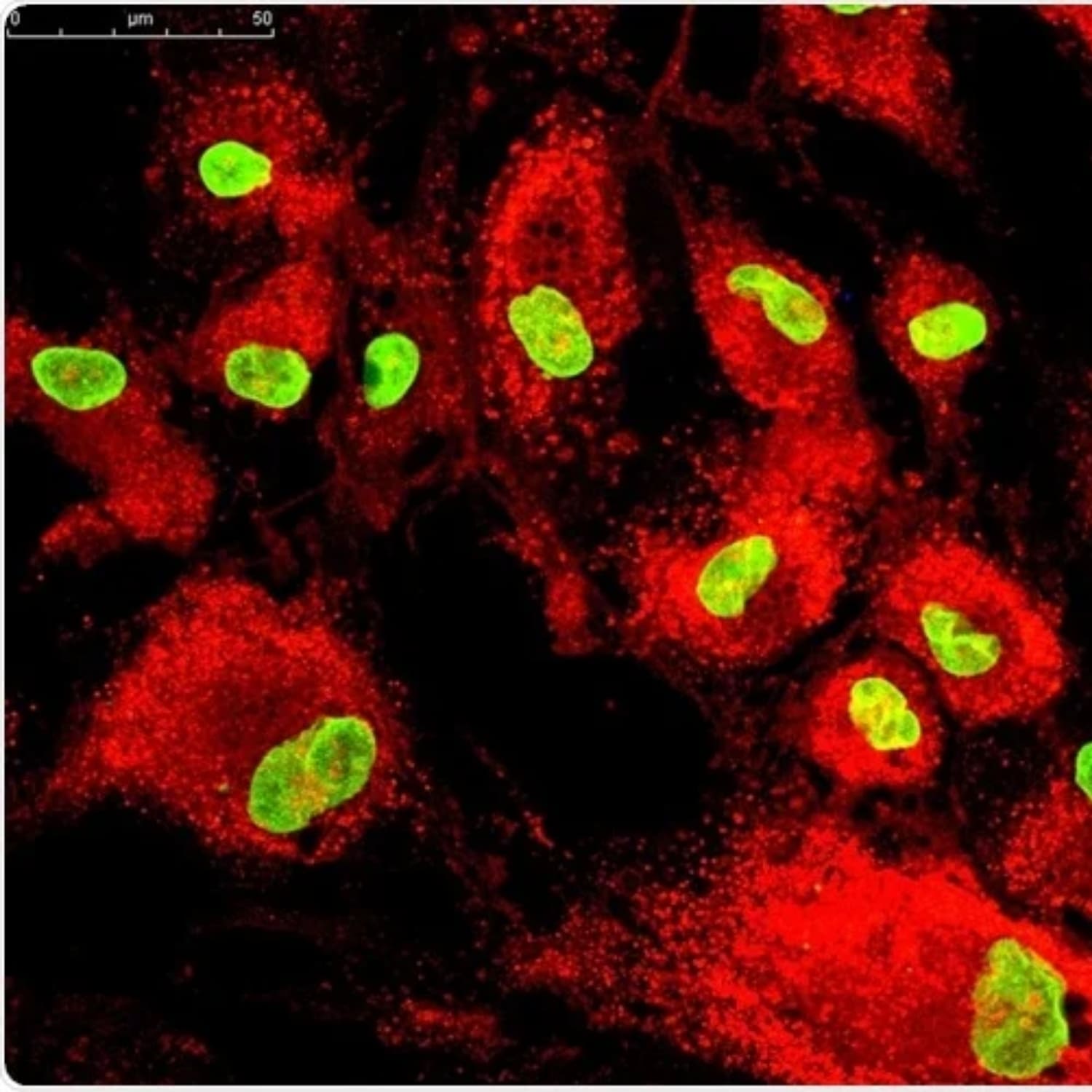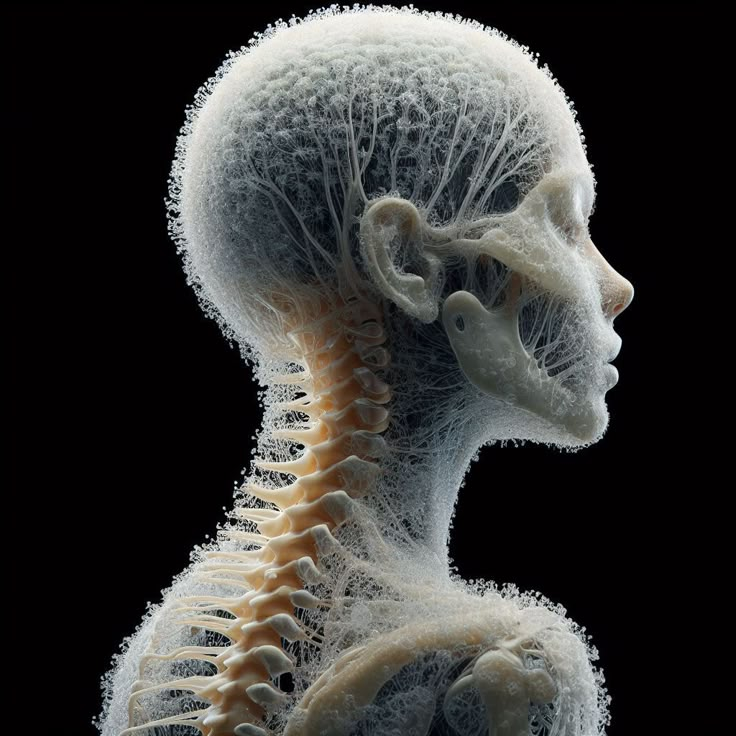PRP Vs Stem Cell - Resources
PRP Vs Stem Cell Injections
PRP Vs Stem Cell Cost
Definition of PRP
Platelet-Rich Plasma (PRP) is a concentration of platelets derived from the patient's own blood. These platelets, which are known for their healing properties, contain proteins and growth factors that aid in tissue repair and regeneration. PRP therapy involves isolating this component and injecting it into areas of the body needing healing or rejuvenation. As a minimally invasive treatment, it is used across various fields of medicine to enhance natural biological healing processes.
Definition of Stem Cell
Stem cells are unique in their ability to develop into different cell types in the body. They serve as a repair system, capable of dividing and replenishing other cells. There are several types of stem cells, including embryonic, adult, and induced pluripotent stem cells. At Bioxcellerator, we focus on using adult stem cells, sourced ethically and safely, for regenerative medicine purposes. These stem cells can be harnessed to treat a variety of conditions by promoting natural healing and reducing inflammation.
Applications of PRP in Medical Treatments
PRP therapy has found applications in multiple medical fields. In orthopedics, it is used to treat joint pain, tendon injuries, and arthritis. The treatment is also popular in dermatology for hair restoration and skin rejuvenation. Additionally, PRP is employed in sports medicine to accelerate the healing of muscular injuries.
Applications of Stem Cell in Medical Treatments
Stem cell therapy at Bioxcellerator covers a broad spectrum of medical treatments. We specialize in anti-aging therapies, support recovery from spinal and joint injuries, and provide solutions for chronic conditions like arthritis. Our advanced treatments include stem cell IV infusion, targeted injections for pain relief, and exosome therapy for more comprehensive regenerative outcomes.
Differences Between PRP and Stem Cell Therapy
While both PRP and stem cell therapies aim to harness the body's natural healing mechanisms, they do so through different means. PRP leverages the healing properties of platelets, whereas stem cell therapy utilizes the regenerative capacity of stem cells. This results in distinct applications and outcomes—PRP is typically used for less complex injuries, whereas stem cells are used for more extensive tissue repair and regeneration.
Efficacy of PRP Therapy
The efficacy of PRP therapy has been supported by numerous studies, showing promising results in the treatment of soft tissue injuries and osteoarthritis. Many patients report reduced pain and improved function following PRP treatments, although individual results can vary.
Efficacy of Stem Cell Therapy
Stem cell therapy's efficacy is well-documented, particularly for its regenerative capabilities. At Bioxcellerator, we have observed significant improvements in patients undergoing stem cell treatments for spine issues, arthritis, and anti-aging therapies. Our research and patient testimonials consistently support the transformative impact of stem cell therapy on health and wellbeing.
Side Effects of PRP Therapy
PRP therapy is considered safe, with minimal side effects since the plasma is derived from the patient's own blood. Some patients may experience mild discomfort, swelling, or bruising at the injection site, but these effects are typically short-lived.
Side Effects of Stem Cell Therapy
Stem cell therapy is also regarded as safe, especially when using autologous stem cells. Common side effects are minimal and may include temporary pain or swelling at the injection site. As with any medical procedure, there may be rare risks, which our team at Bioxcellerator thoroughly discusses with clients during consultations.
Cost Comparison Between PRP and Stem Cell Treatments
The cost of PRP versus stem cell treatments can vary widely based on the specific application and treatment plan. Generally, PRP is less expensive due to the simplicity of the procedure and materials involved. Stem cell therapies, offered by Bioxcellerator, may require a larger investment due to the complexity and advanced nature of the treatments offered, but they often provide more substantial and long-lasting results.
Risks Associated with PRP Therapy
PRP therapy carries minimal risk, largely due to its autologous nature, which prevents rejection. There is, however, a slight risk of infection or nerve injury if the procedure isn’t conducted properly. At Bioxcellerator, we adhere to strict safety protocols to minimize these risks.
Risks Associated with Stem Cell Therapy
Stem cell therapy, while generally safe, can carry risks such as infection or adverse reactions, particularly if the cells used aren’t autologous. However, at Bioxcellerator, we use advanced techniques and rigorous quality control measures to ensure the highest safety standards in our treatments.
Research Studies Comparing PRP and Stem Cell Therapy
While both therapies are effective, studies often highlight the superior regenerative capabilities of stem cells compared to PRP, especially for chronic conditions and complex tissue regeneration. Research continues to evolve, and at Bioxcellerator, we remain at the forefront, consistently integrating the latest scientific advancements to ensure our clients receive the best possible care.
















